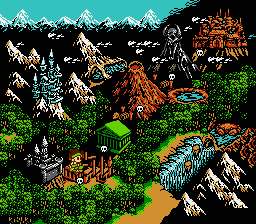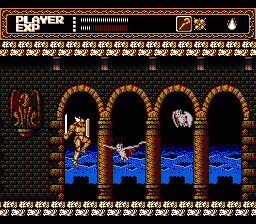So I’m running the latest Ubuntu release in a virtual machine under my main Windows XP machine (it’s a blessing that I no longer need to choose between operating systems these days– I can run them all simultaneously on the same machine if I wish). Today I noticed a feature of Bash that for all I know has been in place for over a decade. I just have never seen it enabled by default in any distribution before. I had to do some research — indeed, one of the first problems in Unix is learning how to ask the right question — but I eventually figured out that the feature is called “Programmable Completion”.
Tab completion is God’s gift to command line navigation. It’s something I always take 10 seconds to carefully explain to anyone who is struggling with the Unix command line for the first time since navigating through a filesystem is agonizing without it. Programmable completion takes tab completion and tries to make it smarter. I first noticed this peculiar behavior on my Ubuntu VMware session today. If there are 2 files in the current directory, xyz.tar.gz and xyz.tar.bz2, then typing ‘tar zxvf x<TAB>’ automatically completes xyz.tar.gz while ‘tar jxvf x<TAB>’ automatically completes to xyz.tar.bz2. I noticed this, thought it was an interesting touch, thought for a moment about how it might work, and immediately wondered what would happen if the underlying mechanism isn’t aware of a mapping that I need.
It didn’t take long before I ran into that eventuality. I was trying to play some impossibly obscure formats with xine. I navigated to the necessary directories only to find that they were apparently empty of any files. I never realized just how important tab completion is to me. Now I’m reading pages of documentation trying to figure out how to disable programmable completion entirely. (It would probably be enough to ask the desktop terminal emulator to run my own Bash config files on startup– I don’t understand why I have to specifically configure such programs to do this.)
Effectively, Bash is making a decision here about what files it thinks I want to see. I’m surprised a Linux distribution would program that kind of behavior by default. How condescending is it when a Microsoft OS tells you that there are entire sets of files that you don’t need to see? Maybe that’s not a fair comparison, as the programmable completion feature is more akin to a list of file filters in a “File Open…” dialog box. Thing is, there’s no obvious way to select “show all files”.
Computer programs get into trouble when they try to anticipate what a normal user needs. More often, such programs have the effect of shaping end user behavior to account for the educated guesses that the computer makes.



